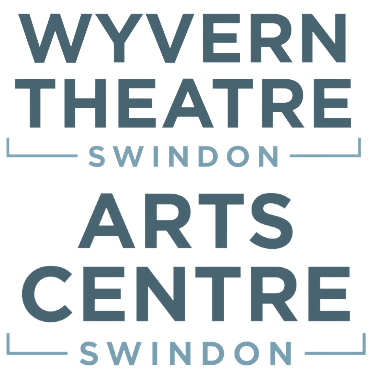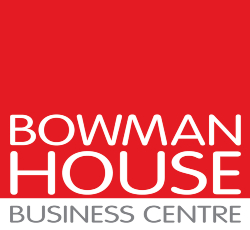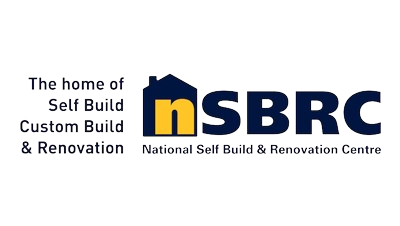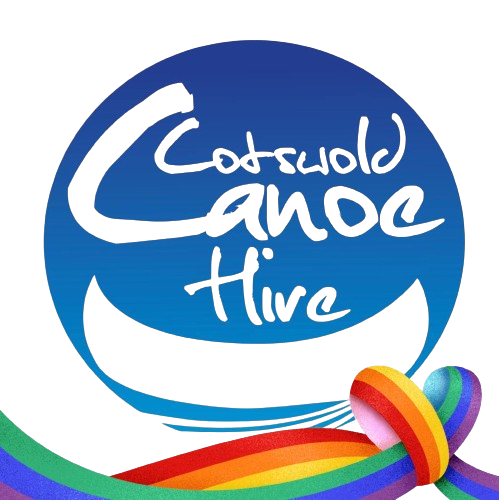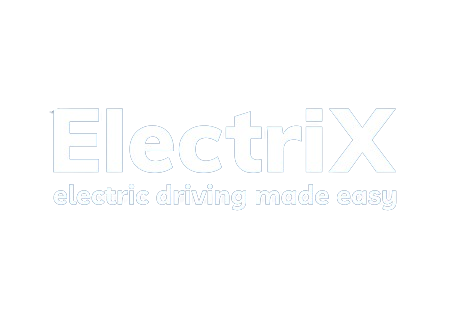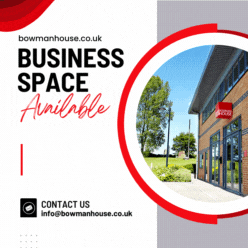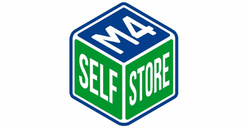In case you missed it see what’s in this section
Let's Talk
Top Trends in Educational Business Models for the Future
Education is evolving rapidly, with digital transformation at its core, fundamentally reshaping how knowledge is delivered and consumed. The future of educational business models will likely be as dynamic as the technologies driving these changes. Here, we explore the top trends that are set to redefine the academic landscape, ensuring both accessibility and quality for learners worldwide.
1. Personalized Learning Experiences
One of the most significant shifts in education is toward personalized learning. This model tailors education to meet each learner's needs, skills, and interests. With the help of AI and machine learning algorithms, educational platforms can now analyze a student's performance in real time, adjusting the curriculum to their pace and learning style. This approach enhances student engagement and boosts retention rates and outcomes. Imagine a learning environment where content adapts on the fly, providing challenges that are just right for each student's level of understanding. It isn't just a dream for the future; it's rapidly becoming the standard, setting a new benchmark for educational excellence.
Amid the shift toward personalized learning, customized writing platforms emerge as a crucial support for students navigating the competitive academic landscape. A trustworthy personal statement writing service helps craft compelling narratives that showcase individual strengths and aspirations and offer guidance and feedback, enhancing students' writing skills. By aligning with the principles of customized education, they play a pivotal role in preparing students for success in their academic and future professional endeavors.
2. Subscription-Based Models
The rise of subscription-based learning is redefining access to education. Instead of paying hefty fees for a single course or degree, students can now access a vast library of resources for a monthly or annual fee. This model offers learners flexibility and a wide range of options, from academic courses to skill-based training. It's particularly appealing for lifelong learners and professionals seeking to upgrade their skills in a rapidly changing job market. Subscription models also allow educational institutions to reach a broader audience, breaking down geographical and financial barriers to learning.
3. Collaborative Learning Platforms
Collaborative learning platforms are on the rise, emphasizing the power of community and interaction in the learning process. These platforms connect students with peers and mentors worldwide, facilitating knowledge exchange and support. Through forums, peer review, and group projects, learners can gain deeper insights and a more nuanced understanding of subjects. This trend is not just about consuming content; it's about becoming part of a learning community. It mirrors the collaborative nature of the modern workplace, preparing students for the team-based environments they will encounter in their careers. Key features and benefits of collaborative learning platforms include:
- Forums and Discussion Boards: A space for learners to ask questions, share insights, and debate various topics. It fosters a sense of community and facilitates more profound learning.
- Peer Review Systems: Learners submit assignments and receive feedback from their peers. It encourages critical thinking and helps students refine their work based on diverse perspectives.
- Group Projects: Facilitates project teamwork and collaboration, simulating real-world work environments. These projects help students develop essential communication, leadership, and problem-solving skills.
- Mentorship Opportunities: Connections with mentors who provide guidance, advice, and support. It can be precious for career development and networking.
- Interactive Learning Sessions: Live webinars, workshops, and Q&A sessions that allow for real-time interaction with instructors and peers. These sessions can enhance understanding and engagement.
- Global Networking: Bringing together students from around the world, these platforms offer unique opportunities for cultural exchange and international networking, enriching the learning experience.
Collaborative learning platforms represent a dynamic shift in education, emphasizing the importance of community, interaction, and continuous engagement in the learning process. Leveraging these platforms gives learners the skills and knowledge to thrive in a rapidly changing world.
4. Focus on Lifelong Learning
The concept of lifelong learning is becoming a cornerstone of educational business models. In a world where skills need regular updating to keep pace with technological advancements, the demand for continuous education is higher than ever. Academic institutions are responding by offering courses and certifications that cater to learners at all stages of their careers. This trend is about creating a culture of continuous improvement and curiosity, empowering individuals to grow and adapt. Lifelong learning platforms support individual career progression and help businesses by ensuring their workforce remains skilled and competitive.
5. Integration of Virtual and Augmented Reality
Diving into virtual and augmented reality (VR/AR) is revolutionizing education, turning classrooms into worlds of discovery and making complex subjects fun. Imagine learning anatomy by walking through a virtual human body or exploring ancient cities in history class as if you were there. VR and AR are not just cool tech; they transform learning into an immersive, engaging journey. Here’s a quick of what VR and AR bring to the table:
- Practical Experience: Students can try their hand at surgeries or engineering marvels in a risk-free, virtual environment, bridging the gap between theory and real-world application.
- History and Geography Come Alive: VR transports students across time and space, making learning about ancient cultures or distant lands an exciting adventure.
- Simplified Complex Concepts: Complex ideas in science become more accessible through 3D visualization, helping students grasp complex subjects by virtually stepping inside them.
- Language Learning Through Immersion: VR/AR offers a new way to learn languages by simulating real-life interactions and cultural immersions, making language learning more intuitive and engaging.
VR and AR are not just adding a new dimension to education; they're reshaping it into an interactive and captivating experience, making learning something students look forward to. Through these technologies, education is becoming more than just absorbing facts; it's an exploration, a journey, a leap into the realms of what's possible.
In Summary
As we look to the future, these trends in educational business models promise to make learning more personalized, accessible, and engaging than ever before. With technology as the driving force, the possibilities for transforming education are limitless, opening doors to a world of opportunity for learners around the globe.
Weather in Swindon
Listings



